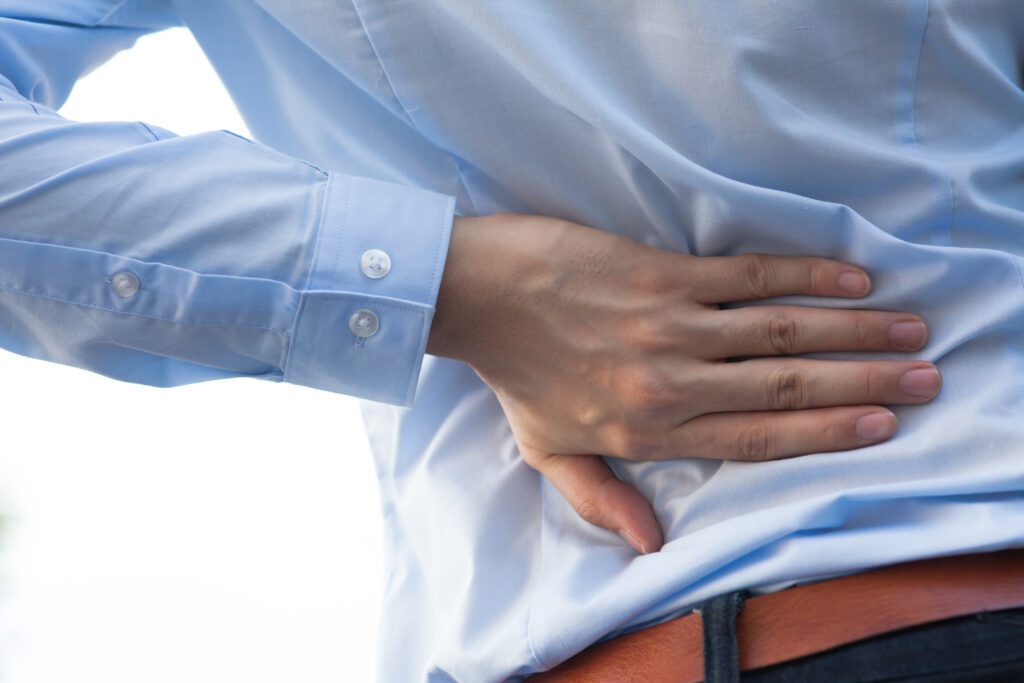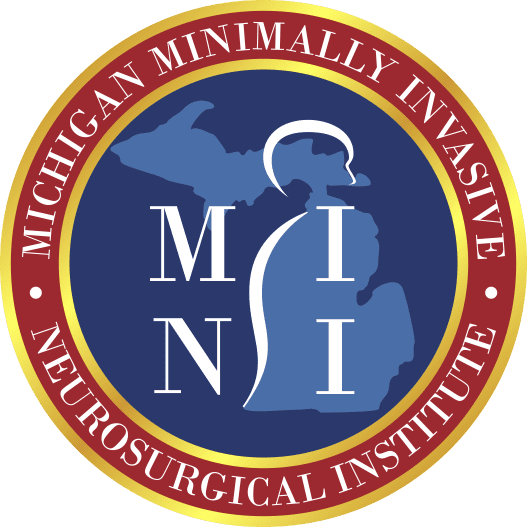Over 30 Years of Experience
Pain Management Solutions in the Greater Detroit Area
80% of the general US population will experience neck or low back pain symptoms at some point in life, and can severe enough to cause absence from work or inability to function normally. It is the second most common reason for visits to primary care doctors and is estimated to cost the American economy $75 billion every year.
We are committed to helping you get an accurate diagnosis and, where at all possible, relief from your discomfort and improve your quality of life. X-ray imaging is done right in our office for your convenience. Should you require additional imaging studies, we will issue those referrals to optimize your diagnosis. With his minimally invasive procedures, Dr. Perez-Cruet, a world-class neurosurgeon, can alleviate the impact that chronic pain can have on your daily activities and overall well-being. Call us to learn more.
Neck and Low Back Pain
Neck and low back pain may be experienced in several different ways:

Procedures
Spinal Injections
Epidurals
Epidural strictly means ‘on the dura.’ In anatomical usage, it means outside or around the dura mater, which is the outermost of the membranes (meninges) that ensheath the brain and spinal cord. In the vertebral canal, there is a narrow space between the dura mater and the lining (periosteum) of the bones; local anesthetic injected into this space abolishes sensation from those parts of the body served by nerves that enter the spinal cord below the level of injection.
In the skull, the dura has two layers, and the outermost is itself the lining of the bone and is firmly adherent to it. Head injury that involves fracture in the region of the temple where there are particularly vulnerable blood vessels can lead to an epidural (‘extradural’) collection of blood, stripping the dura from the bone and requiring drainage by trephining to alleviate compression of the brain.
Should injections be a clinically best approach for your condition we will refer you to specialists in this area of expertise.
Dorsal Column Stimulators
A column situated dorsally in each lateral half of the spinal cord receives the terminals of some afferent fibers from the dorsal roots of the spinal nerves.
Degenerative Disc Disease Treatment
Degenerative disc disease (DDD) is a condition where the discs in the spine deteriorate over time, often due to aging. It can lead to pain and discomfort in the back or neck. Here’s a summary of what you should know about DDD:
Symptoms:
- Pain in the neck, back, legs, thighs, and buttocks
- Severe pain when sitting, which may improve with walking
- Pain that worsens with bending or twisting
- Occasional flare-ups of intense pain
Causes:
- Natural wear and tear of spinal discs
- Drying out of the discs, reducing their ability to cushion the vertebrae
- Injuries or overuse from repetitive activities
- Herniated discs can also contribute to DDD
Risk Factors:
- Family history of musculoskeletal disorders
- Poor posture over long periods
- Obesity
- Smoking
Complications:
- Osteoarthritis in the back
- Blood clots in the legs
- Depression
- Reduced back flexibility
- Chronic pain syndrome
- Opiate dependence
Prevention:
- Regular exercise to strengthen core muscles
- Maintaining a healthy weight
- Proper posture
Diagnosis:
- Physical examination
- Imaging tests like X-rays and MRI
Treatment:
- Exercise and physical therapy
- Pain-relieving medications like ibuprofen and acetaminophen
- In severe cases, procedures like artificial disc replacement, spinal fusion, or decompression may be necessary
Diet:
- Eat calcium-rich foods, antioxidants, omega-3 fatty acids, and sulfur-rich foods
- Avoid processed meats, high sugar, and trans fats
Self-Care:
- Heat or cold therapy to reduce pain or inflammation
Specialists:
- Neurologists and neurosurgeons are typically involved in treating DDD
